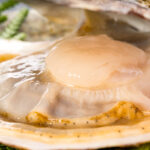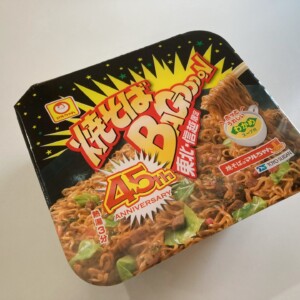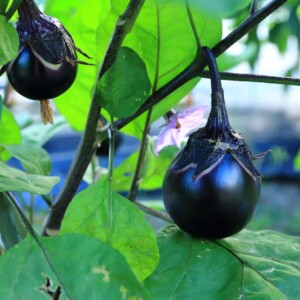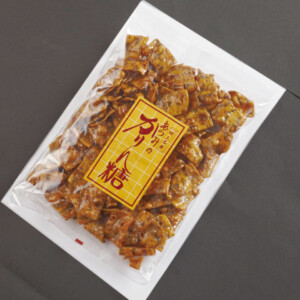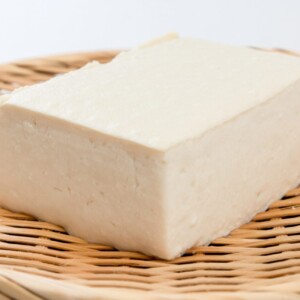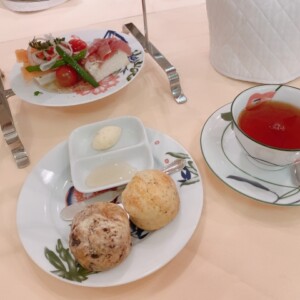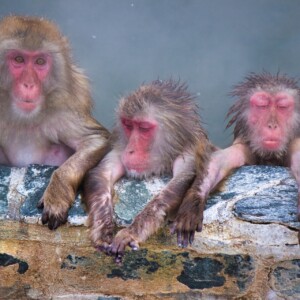
Grapes, melons and cherry? Aomori's surprising fruit kingdom is a story [Aomori Prefecture]
table of contents
- 1 Aomori is not just about apples! It was actually the fruit kingdom
- 1.1 [Cherry] Luxury brand "Juno Heart" is a hot topic
- 1.2 [No Western] The mellow fragrance is popular! Nanbu Town is the highest in Japan's production! ?
- 1.3 [Apricot] In fact, the highest production volume in Japan! "Hidden Specialties" from the Southern Prefecture + Tsugaru
- 1.4 [Peach] A new peach that uses apple cultivation techniques! ?
- 1.5 [Grapes] Tsugaru, the Kingdom of Steuben!
- 1.6 [Melon] "The main character of summer" grows in the sand dunes of Tsugaru City
- 1.7 [Prunes] Currently expanding in two major production areas, Tsugaru and southern prefectures.
- 1.8 [Cashssis] Aomori city's specialty fruits boasting the highest production volume in the country
- 2 Why do fruit grow so much in Aomori?
- 3 summary
When you think of Aomori, the image of " apples " is overwhelming, but that's actually not the only one. The prefecture has an incredible variety of fruits grown in the prefecture, including cherry, grapes, melons, apricots, pears, prunes, and blackcurrants. Some of the fruits are one of the best in the nation, so Aomori's abilities cannot be underestimated.
This time, we will introduce you to the fullest extent of the unknown charms of Aomori, the kingdom of fruit.
Aomori is not just about apples! It was actually the fruit kingdom
[Cherry] Luxury brand "Juno Heart" is a hot topic

Cherries in Aomori Prefecture are mainly produced in the southern regions of the prefecture, such as Minamibu Town, Hachinohe City, and Gonohe Town. Nanbu Town is the largest cherries in the prefecture, and from mid-June to mid-July, cherry picking at tourist farms is lively. In recent years, cultivation has also begun in Aomori and Hirosaki City, making use of apple pruning techniques.
The heart-shaped luxury brand Juno Heart is characterized by its rich sweetness and large grains, and the highest-priced Aomori Heartbeat, the first auction, was traded for 500,000 yen for a box of 15 grains... In 2024, the price settled at 1,080 yen for two grains, but it's still quite expensive, as it costs 540 yen per grain.
[No Western] The mellow fragrance is popular! Nanbu Town is the highest in Japan's production! ?

Western-style in Aomori Prefecture is cultivated in Nanbu Town, Minohe Town, Hirosaki City, Aomori City, and other places. Nanbu Town, in particular, produces the highest General Reclark in Japan! The temperature difference between the day and night increases the sugar content, allowing you to enjoy a smooth texture and a mellow aroma.
[Apricot] In fact, the highest production volume in Japan! "Hidden Specialties" from the Southern Prefecture + Tsugaru
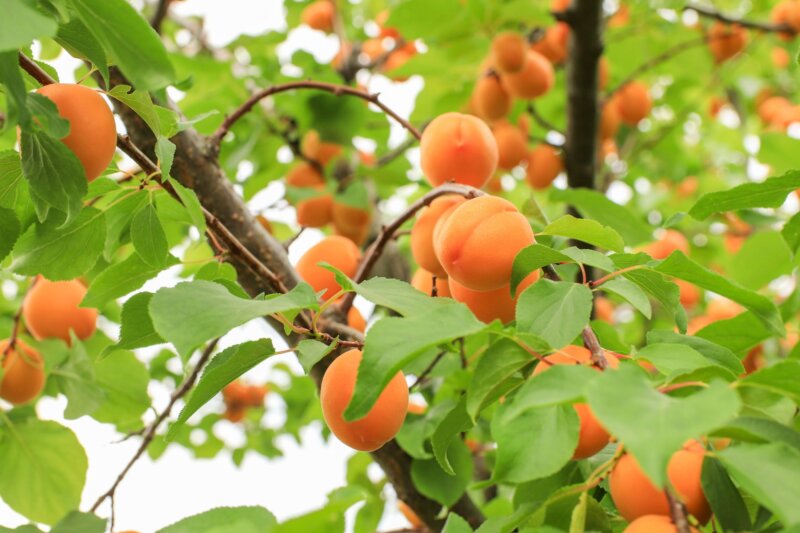
In fact, Aomori Prefecture is the highest in Japan's apricot production. It is actively cultivated in the southern part of the prefecture, mainly in Minamibu Town, Hachinohe City, Minohe Town, and Gonohe Town, and is also produced in parts of the Tsugaru region.
Adzu is famous nationwide for its jam and syrup pickles, but in the Tsugaru region, the " Apricot Shiso Maki " is a popular local flavour. The reason why apricot shiso rolls are popular in Aomori Prefecture may be due to the strong production of apricots.
[Peach] A new peach that uses apple cultivation techniques! ?
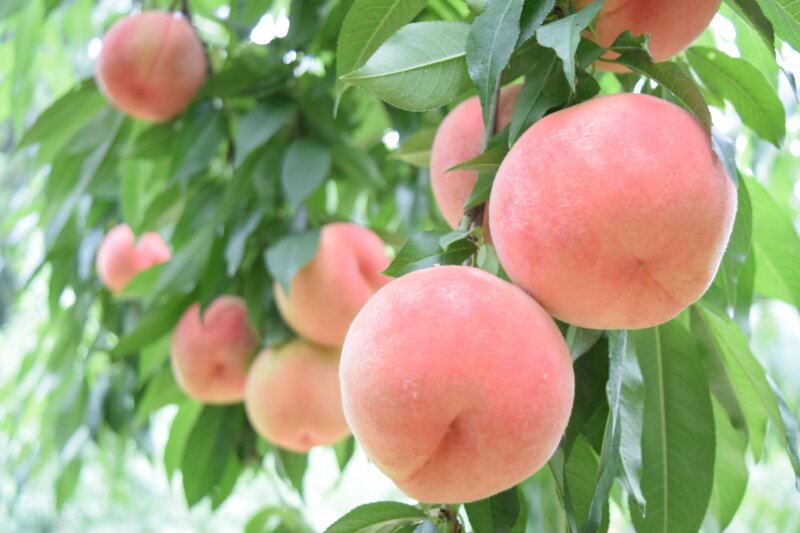
Peaches in Aomori Prefecture are grown in Hirakawa City, Nanbu Town, Minohe Town, and Hirosaki City.
Hirakawa City in particular uses apple cultivation technology to become a famous peach production area known as Tsugaru peaches A distinctive feature of Tsugaru peaches is their hard flesh, which you wouldn't expect from peaches. What you imagine is the soft flesh that drips and leaves the juice dripping, but Tsugaru peaches are crunchy and chewy! Even though it is said to be hard, it does not mean that it is not ripe, but rather has excellent sugar content! Their appeal is the strong sweetness that is unique to areas with extreme temperature differences between day and night, and their hard flesh, which is not typical of thighs, and many fans both inside and outside the prefecture.
[Grapes] Tsugaru, the Kingdom of Steuben!
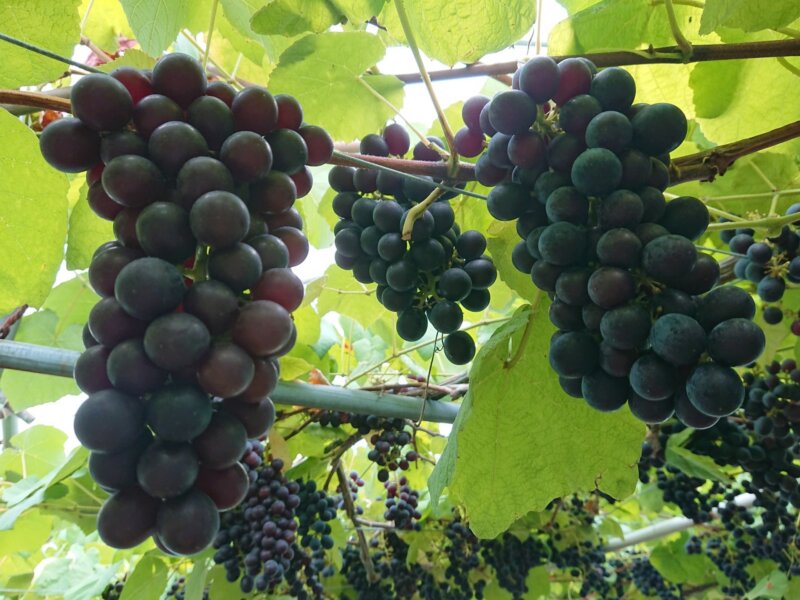
Among the grapes, Aomori Prefecture is famous nationwide, Steuben . The main production areas are in the Tsugaru region, such as Hirosaki City, Tsuruta Town, and Itayanagi Town, and are characterized by its high sugar content and easy to peel. It is not only used for raw food, but also as a raw ingredient in juices and wine, and has become a staple for autumn.
[Melon] "The main character of summer" grows in the sand dunes of Tsugaru City

Tsugaru City, located in western Aomori Prefecture, is also known as a melon production area. The well-drained sand dune area and the temperature difference between day and night sets the conditions for growing high sugar melons, and varieties such as Takami, Kiss Mee and Lennon are cultivated. It reached its peak in shipping from late June to August, and is also very popular as a gift!
From July to August, the harvest season, there are many melon direct sales shops lined up on the Byofuyama wide-area farm road that stretches from the production area of Ajigasawa to Goshogawara, and National Route 101, which runs from Ajigasawa to Akita Prefecture.
[Prunes] Currently expanding in two major production areas, Tsugaru and southern prefectures.
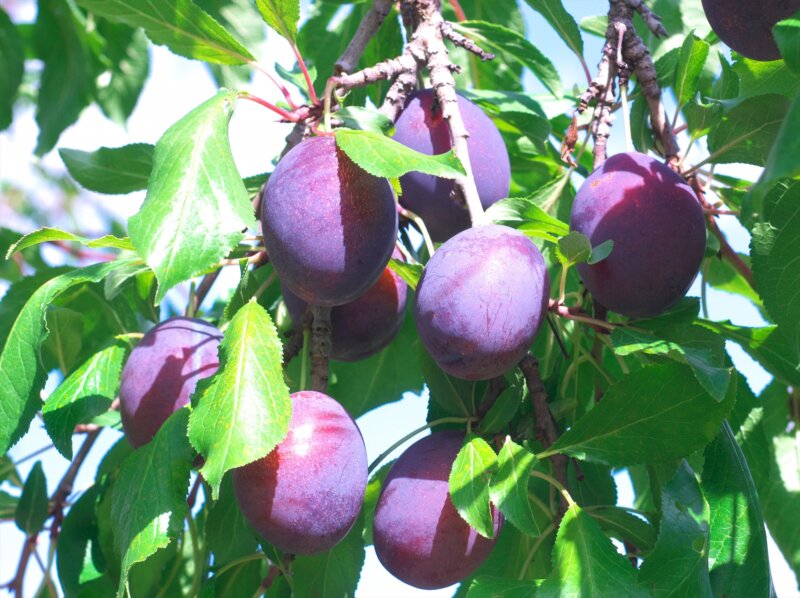
Prunes are also popular in Aomori Prefecture, and are cultivated in Hirosaki City, Ajigasawa Town, Nishitsugaru County, and Nanbu Town. It boasts the third largest production in the country, and is rich in vitamins, iron and dietary fiber, so demand is increasing along with increasing health-consciousness.
When it comes to prunes, dry prunes are famous, but fresh, raw prunes are the norm in Aomori Prefecture. Many people plant them in a section of an apple field, and when early summer arrives, they receive a basket of prunes... in a sense, it can be said to be a tradition in early summer in Tsugaru in Aomori.
[Cashssis] Aomori city's specialty fruits boasting the highest production volume in the country

Cassis cultivation is thriving in the Higashioong region, centered around Aomori City. In fact, Aomori ranks number one in the nation in terms of blackcurrant production. Although it is small, it has a strong aroma and is useful for toppings for jams, liqueurs, and cakes. In recent years, it has also been used as sweets such as smoothies and cheesecakes, and has attracted attention from outside the prefecture.
Why do fruit grow so much in Aomori?

The secret to sweetness is the difference in temperature between day and night
One of the reasons why Aomori's fruits are so sweet is the difference in temperature between day and night. By producing sugar through photosynthesis during the day and reducing consumption due to cold weather at night, the sugar content of the fruit accumulates firmly. This difference in temperature is caused by the terrain surrounded by mountains and the climate unique to the northern part of the country.
A rich environment fostered by mountains and snow
The melted snow water brought about by mountains such as the Hakkoda Mountains and the southern mountains transports minerals to the soil, creating an ideal growing environment for fruit trees. In addition, soil containing volcanic ash drains well and is suitable for rooting fruit trees, allowing for a wide variety of fruit cultivation.
Quality supported by farmers' wisdom and experience
Fruit cultivation in Aomori is not just supported by the climate and the power of the land, but also by the effort and wisdom of farmers. In addition to applying techniques such as pruning, picking, and bagging, which have been cultivated through apple cultivation, we also provide detailed management that matches the individuality of the fruit tree. Thanks to the technology we have cultivated so far, we are able to maintain the quality of Aomori fruit, which is highly praised nationwide.
summary
Aomori as apples , in fact, there are so many diverse and attractive fruits that cannot be described by themselves. The warm climate of the southern part, the cool temperatures of Tsugaru, the rich water and soil, and most of all, the passion of producers who love fruit. All of this is driving Aomori into the "Fruit Kingdom."
Next time you visit Aomori, be sure to check out other fruits besides apples. You're sure to discover new deliciousness.



![Which is the name of the apricot "Yasuke Ume" or the authentic plum "Bungo"? [Aomori Prefecture] 23981516_m](https://jp.neft.asia/wp-content/uploads/2022/05/23981516_m-150x150.jpg)
![Which fruits have the most harvest in Fukushima Prefecture, the fruit kingdom? [Fukushima Prefecture] 22730389_m](https://jp.neft.asia/wp-content/uploads/2025/04/22730389_m-150x150.jpg)
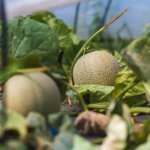
![What is Minamida Onsen Hotel Appleland, a hotel inn in Tsugaru where Apple Kannon is located? [Aomori Prefecture] IMG_2718](https://jp.neft.asia/wp-content/uploads/2023/01/IMG_2718-150x150.jpg)
![[Sagae City, Yamagata Prefecture] Cherryland is the home of Yamagata cherries! Sakuranbo Kaikan JA's gelato is a specialty! 2f581187bafef6185da2c62101f99000_m](https://jp.neft.asia/wp-content/uploads/2017/09/2f581187bafef6185da2c62101f99000_m-150x150.png)


